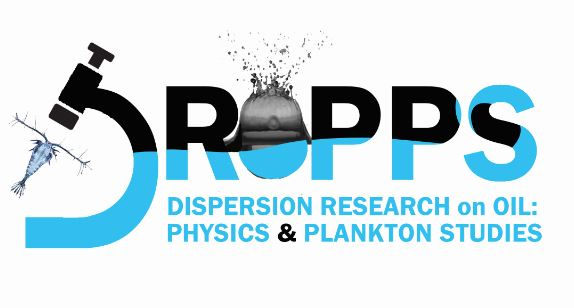By Nilde Maggie Dannreuther.
Scientists developed a platform at environmentally-relevant scales to advance the study of oil-water interface interactions, biofilm formation, and particle dispersion. Their techniques allow one to control the size, shape, and volume of oil micro-drops and then affix them onto a stable substrate where microbes can live and grow. The technology provides an unprecedented capability in investigating complex interactions of bacteria, cells, and interfaces and to study key microbial processes involved in remediation of environmental pollutants, such as from Deepwater Horizon. The team applied the new technique to study biofilm formation at the oil-water interface, demonstrating the method’s suitability for biophysical microbial studies.
The researchers published their findings in Scientific Reports: Fabrication and characterization of a scalable surface textured with pico-liter oil drops for mechanistic studies of bacteria-oil interactions.
Nanofabrication and microfluidics play a crucial role in studying complex chemical and biological processes, such as microbial aggregation and biofilm formation, microbial streamer formation, quorum sensing, particle mobility, and cellular motility near interfaces. In the context of oil spills, microorganisms play a significant role in degrading hydrocarbons by promoting interfacial instability at oil-water interface via bio-surfactant production or metabolizing the oil as a carbon food source.
The interactions between microbes and interfaces involve cell swimming and reorientation mechanisms, cell adsorption and desorption, cell motility modes, remodeling of interface, and impacts on the interface due to cell motions. To investigate these complex processes, studies have to be performed at comparative scales relevant to individual microorganisms and the interface topology with which they interact.
Using Atomic Force Microscopy, the team quantified the shape of pico-liter drops (a trillionth of a liter) and gained insights into how these drops are formed. Using Louisiana light crude oil and a variant of micro-transfer printing and molding techniques, the team printed oil drops (5 to 50μm) and affixed an array of them onto a chemically and topologically homogeneous smooth substrate, which texturized its surface and immobilized the oil interface. Drops at this size maintain their base shape and adhere to the substrates under various environmental conditions, allowing for observation of biofilm formation at the oil-water interface.
The team added bacteria grafts (using Alcarnivorex borkumensis) over the oil drops and observed individual bacterial motion and quantified the population response of bacterial suspensions such as particle dispersion, chemotaxis, and adsorption to the oil-water interface.
This work presents the development of a scalable technique that generates a microcosm mimicking bacteria encountering a rising droplet cloud, and it also can be applied to study other colloidal fluids. The authors noted that, to their knowledge, there is no other experimental method capable of tracking individual bacteria and simultaneously observing their interactions at the detection level of molecules and atoms.



